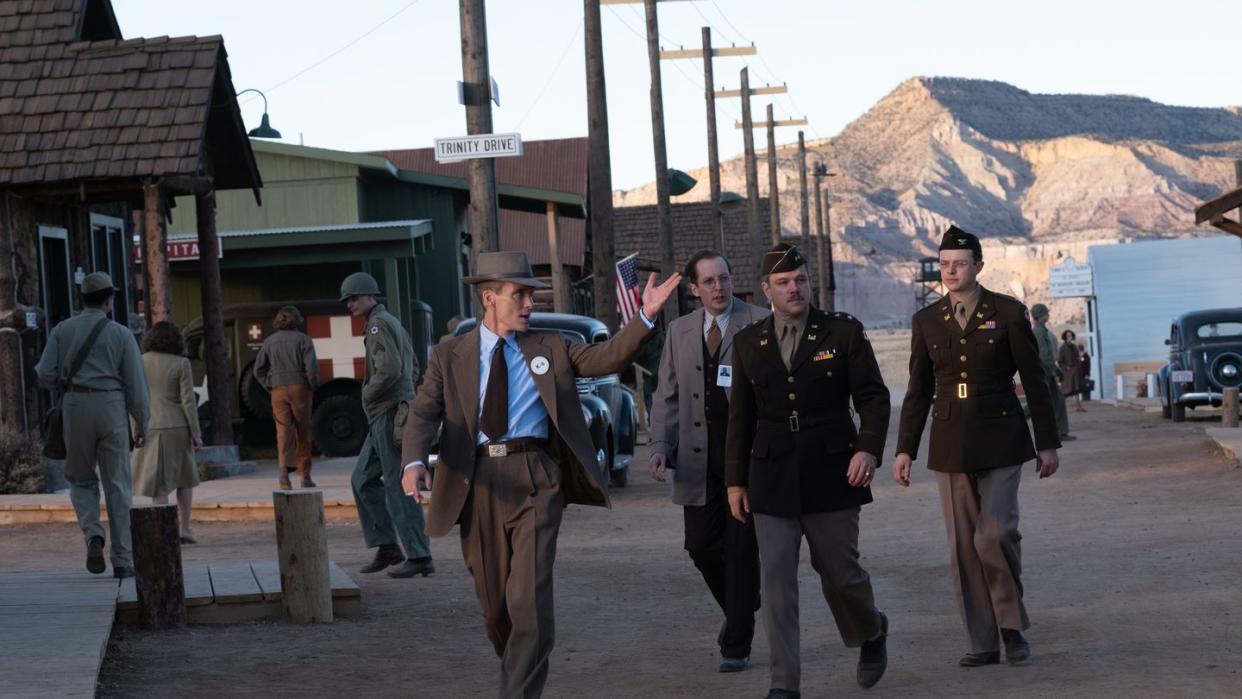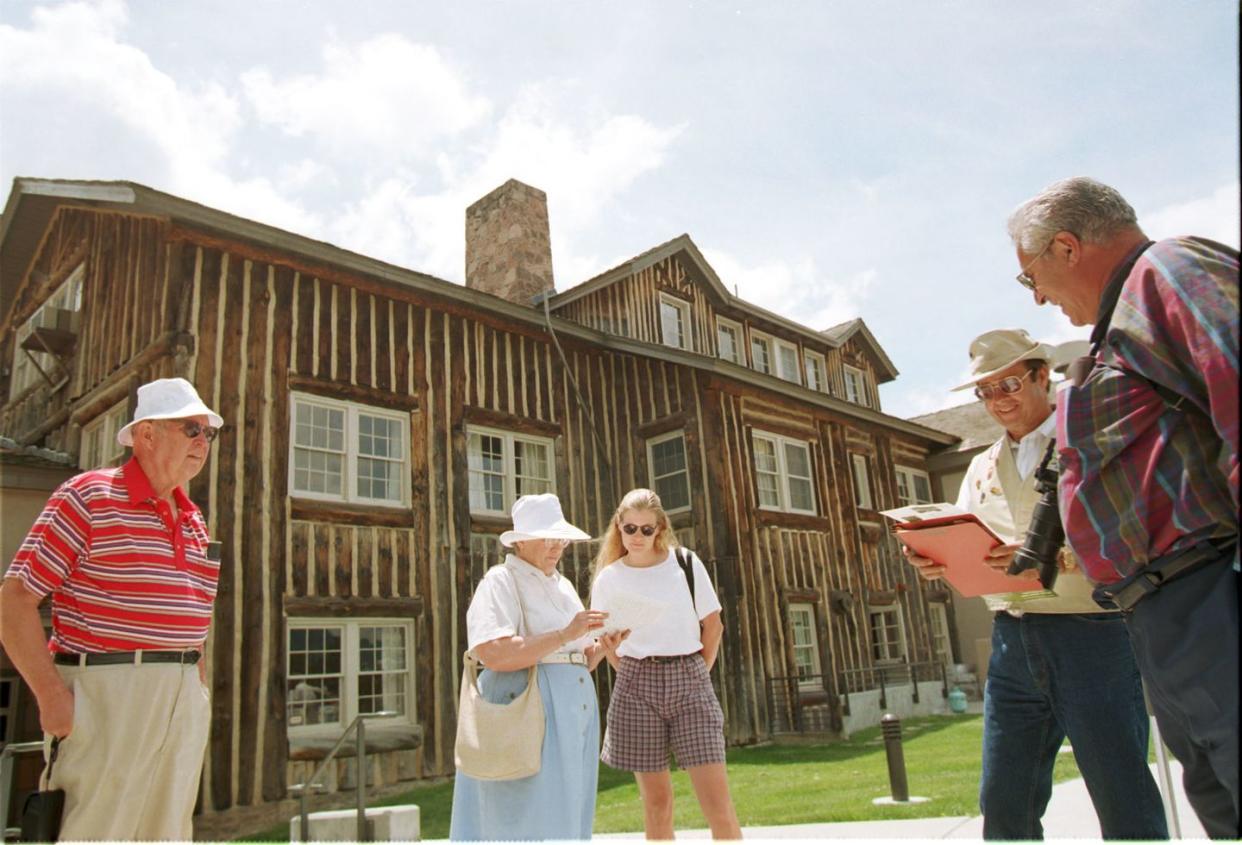So, What Ever Happened to Oppenheimer's Los Alamos?

Anyone who has an encyclopedic knowledge of American history—or has watched this summer's other, non-Barbie, blockbuster hit, Oppenheimer—could tell you the life and legacy of J. Robert Oppenheimer. But while Christopher Nolan's three-hour biopic captured the rise and fall of the Manhattan Project's fearless leader, there's still some mystery about what happened to the Los Alamos Scientific Laboratory, the secretive town in New Mexico where the atomic bomb was tested.
Turns out, it's pretty fascinating. When Oppenheimer resigned as the laboratory's director in 1945, he was replaced by a scientist and Naval Reserve officer named Norris Bradbury. The town in Los Alamos was erected to stealthily develop and test the Manhattan Project, a.k.a. the atom bomb, and according to the United States Department of Energy, government officials wanted its laboratory to continue to be "the nucleus of its weapon staff."
To that end, Bradbury kept the laboratory afloat through declining morale and a frozen pipe pitfall, which left Los Alamos scrambling for water for weeks. Things began to changes in the 1953, when the physical laboratory was moved to the other side of the area's canyon. Four years later, the security gates were removed and once-secretive Los Alamos became an open city. (Fast-forward to 1980, and the Los Alamos Scientific Laboratory was renamed Los Alamos National Laboratory.)

Today, Los Alamos is home to approximately 13,000 citizens per a Niche report, but the Manhattan Project's legacy lives on. Though the Los Alamos National Laboratory remains a research and development center for the National Nuclear Security Administration, tourists can visit important landmarks of the Manhattan Project era such as the craftsman-styled home where Oppenheimer and his family lived. (In fact, the Los Alamos History Museum also offers occasional excursions to the Trinity Site, where the atomic bomb was tested.)
While Los Alamos honors its history through its tours, some locals are hesitant to celebrate the land's legacy, given the environmental toll the project caused and the bomb it created. "They’ll never reflect on the fact that New Mexicans gave their lives," Tina Cordova, a cancer survivor and local advocate told AP News. "They did the dirtiest of jobs. They invaded our lives and our lands and then they left." Over the years, there has been much conversation over the Trinity test's health effects, with some studies citing an increased number of cancer cases and infant mortality rate. Eighty years after Oppenheimer and his team moved to Los Alamos, their legacy (and controversy) lives on.
You Might Also Like
